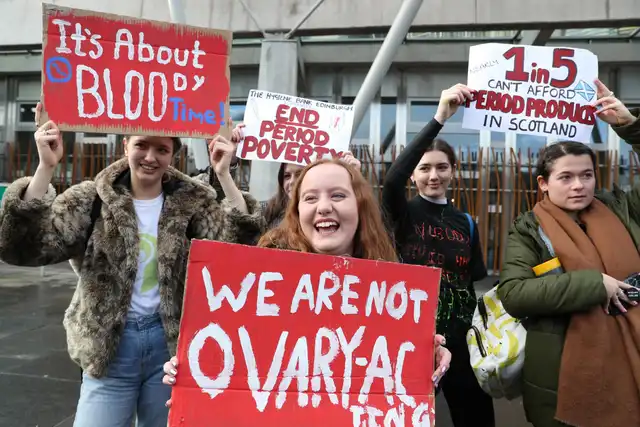Women usually go through a regular occurrence once a month, though this can vary among different kinds of people. Periods are not always the same for everyone. This also includes the fact that most women have to go thought “period poverty”
What is “period poverty”?
Period poverty is a lack of access to menstrual products, education, hygiene facilities, waste management, or a combination of these. It affects an estimated 500 million people worldwide.
The above information is from a study that BMC Women’s Health published in 2021
Facts
- Globally, an estimated 500 million people who menstruate lack access to menstrual products and hygiene facilities.
- In the UK, One in seven girls have struggled to afford sanitary wear
Period poverty causes both physical and mental challenges.
When they can’t afford sanitary products for hygiene purposes. It can make people feel shame for menstruating, and the stigma surrounding periods prevents individuals from talking about it. Being unable to manage their period with the appropriate menstrual products can make people feel upset, distressed, and uncomfortable. People unable to access menstrual products have reported using rags, toilet paper, and children’s diapers. Some people have also used the menstrual products they did have for longer than intended. Using these alternative products such as toilet paper, children diapers or even menstrual products they did have for longer than intended, puts individuals at higher risk of urogenital infections, which are infections of the urinary and genital systems. It is very dangerous to use a tampon for too long.
Period poverty not only impacts not girls and women, but society as a whole.
People who experience period poverty are unable to afford menstrual products they need, which leads to not going to school or work or otherwise participating in daily life.
Around 137,000 girls missing school each year because of their period. Which could have a lasting impact on a girl’s education, especially if days are missed each month. For working women during their period, over 80% found it harder, and wished they had more flexibility in their tasks and working hours. This causes an economic impact through the loss of productivity.
What can be done?
- An improved access to subsidized sanitary products
- National advocacy
- Increased education and knowledge sharing
- The private sector/Businesses can provide information and access to facilities and products.
- Further research
- Protective legislation can ensure affordable access to proper facilities and menstrual hygiene products
Summary
Period poverty is a lack of access to menstrual products, education, hygiene facilities, waste management, or a combination of these. It affects an estimated 500 million people worldwide. Period poverty causes both physical and mental challenges. Period poverty not only impacts not girls and women, but society as a whole. What can be done?
- An improved access to subsidized sanitary products
- National advocacy
- Increased education and knowledge sharing
- The private sector/Businesses can provide information and access to facilities and products.
- Further research
- Protective legislation can ensure affordable access to proper facilities and menstrual hygiene products
